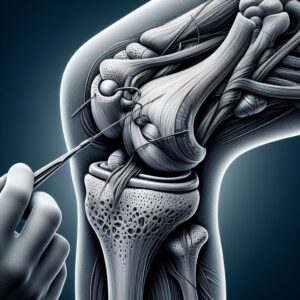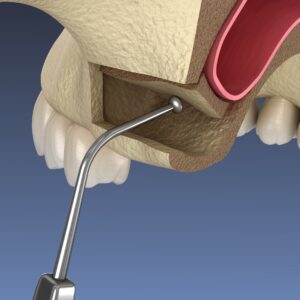Description
Familiarity with Treatment
An endosteal implant is a type of dental implant that is placed in the jawbone as an artificial root to hold a replacement tooth. It is a common solution for individuals who have lost a tooth and are seeking a permanent replacement.
Procedure
The procedure for endosteal implants involves the placement of small screws, typically made of titanium, into the jawbone. These screws protrude through the gum to hold the replacement tooth. The process includes evaluation, implant placement, and the attachment of the replacement tooth.
Who is it Suitable For?
Endosteal implants are suitable for individuals who have lost a tooth and are looking for a permanent replacement. They are commonly used for single or multiple tooth replacements and are considered the most common type of dental implant.
Who is it Not Suitable For?
Endosteal implants may not be suitable for individuals with insufficient bone mass to support the implant. In such cases, alternative implant options, such as subperiosteal implants, may be recommended.
Advantages
- Durability: Endosteal implants are known for their durability and long-term success in tooth replacement.
- Versatility: They can be used for single or multiple tooth replacements, providing a versatile solution for various dental needs.
- Biocompatibility: The use of titanium, a biocompatible material, ensures that the implant is well-tolerated by the body.
Complications
- Surgical Risks: As with any surgical procedure, there are inherent risks associated with the placement of endosteal implants, including infection and damage to surrounding structures.
- Osseointegration Issues: In some cases, the implant may fail to integrate with the jawbone, leading to implant failure.
Preoperative Care
Preoperative care for endosteal implants involves a comprehensive evaluation by a dental professional to assess the patient’s suitability for the procedure. This may include imaging studies and a thorough examination of the oral and jaw structures.
Postoperative Care
Following the placement of endosteal implants, individuals should adhere to postoperative instructions provided by their dental professional. This may include guidelines for oral hygiene, dietary restrictions, and follow-up appointments to monitor the healing process and ensure the success of the implant.






Reviews
There are no reviews yet.